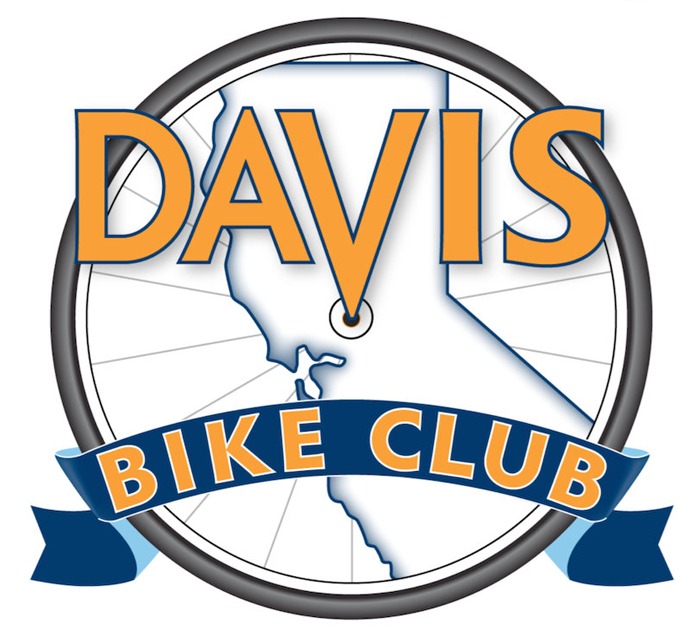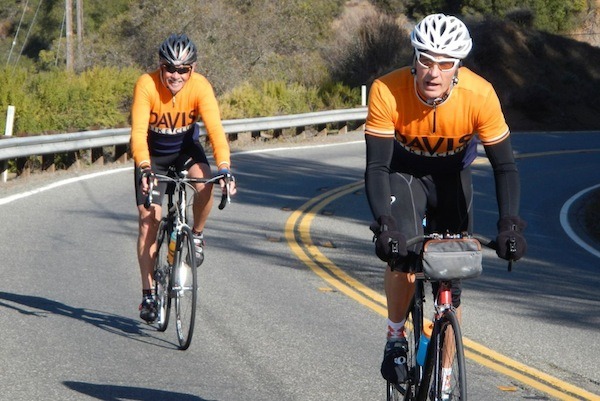The lead rider–the person who is pulling the group–has the most important role in that group. That person is most responsible for the overall safety and riding efficiency of the the entire group. Don’t worry, the responsibility is shared when each lead rider takes his/her turn as “lead-dog.” Due to its importance, we’ll devote quite a bit of discussion to the various responsibilities of the lead rider.
The lead rider has the best field of vision ahead and to the side. Call out potential and real hazards to the persons behind you (e.g., “pothole, left”, “wide-load, up,” “car left, “slowing”). The perils of riding in a group include the fact that riders behind have limited vision, and so you must be their eyes.
What is the most common mistake made by group riders when they take the lead? That’s easy, and even easier to correct. You’re in the second slot, and you’re about to assume the lead position as the lead rider pulls off to the side and drift back to the rear of the line (more on that process later), you’re fresh or refreshed, you’re eager to do your part in the group effort, and maybe, maybe you want to impress the others with your cycling prowess. When taking the lead, the temptation is to increase your speed.
Resist this temptation!
As the line rotates, the new lead-dog increasing the speed of the line just messes up everybody’s comfortable cycling cadence and rhythm. It’s hazardous. You also have an obligation to the rider dropping back to the end of the line. Read on.
Maintain the same cadence as before, or even reduce it just a little bit. Hold that cadence for at least 5-8 seconds, or until you see the trailing rider slotted comfortably at the back of the line. Then, and only them, are you permitted to increase the speed of the line, but there’s a condition. Increase the speed, smooth and slow, allow the trailing to copy the speed increase in the same fashion. There’s many miles of road ahead, no need to rush into doing any speed increase.
Finally, even though you feel like kicking up the pace a couple of miles-per-hour, if you see a rider or two struggling, back down. Instead, just take a longer pull.

